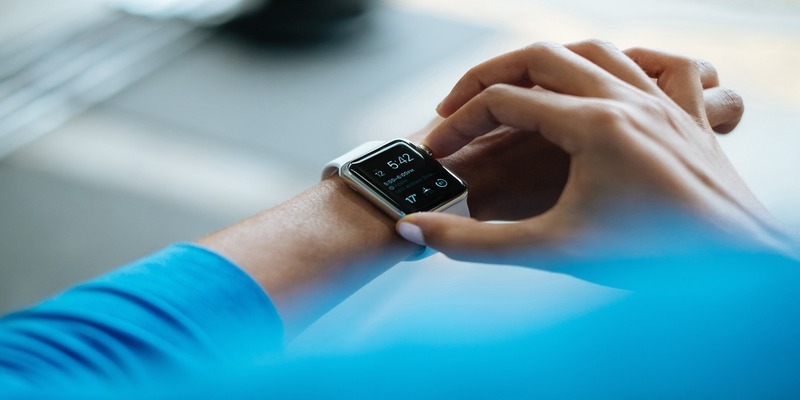
There’s a lot that technology can make faster, better, smarter and easier, and today, it has made its way into pretty much anything imaginable, including smart wearables. Some of these devices seem trivial, but most of them help us understand ourselves, our world, and make every facet of our daily lives better.
As new devices hit the market almost every day, wearable technology is kind of a big deal.
According to Statista, about 31 billion devices will be connected to the internet in 2020. This is a big leap from the 23 billion connected IoT devices in 2018 and translates to about four Internet-connected devices per person. The enormous growth is expected to go all the way up to 75 billion connected IoT devices in 2025, fueled by IoT – not smartphones.
Wearables and the Internet of Things
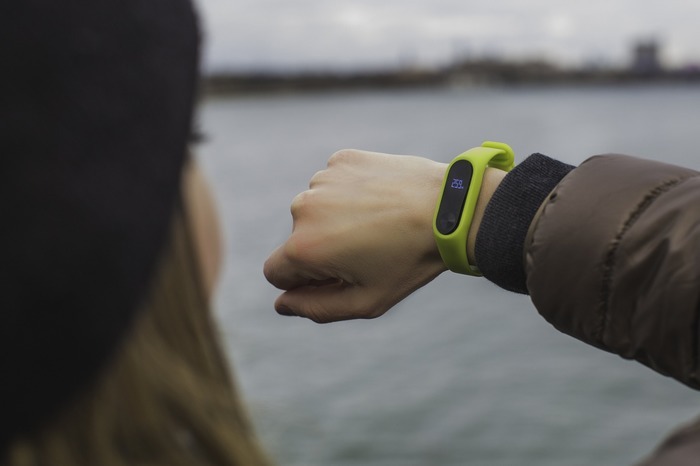
Wearables are always improving and supporting human lives, especially our health and well-being. They take several different forms, so it’s not just the basic bands we slap on our wrists that run integrated apps to track our steps and heart rates.
Today, clothing wearables and earwear are quickly becoming a novel way to use wearables. They’re designed to be accessories that you can wear around your neck, clip to a belt or strap to your ankle.
Wearables of tomorrow will be key contributors in advancing IoT technologies, including impacting the evolution of augmented reality (AR) technology. Tech companies will also want to explore how wearable tech can be utilized in the management of groups of IoT systems and devices as our homes, cars, and businesses are infused with intelligent devices.
Potential Uses and Applications of Wearables in IoT
Making Payments
While payment technology innovations tend to be few, and people usually hesitate to adapt to changes when it comes to their money owing to insecurity and potential threats, wearables in this field have evolved slowly, but they’re here.
Most wearable payment technology is in form of wrist cuffs, rings or fashionable watches and jewelry from most of the biggest IoT developers like Fitbit, Amazon, Samsung and the like.
Users can make payments in-person or online with just a few taps on their tech, without reaching for their purses or wallets. This is a positive initiative as it improves payment conveniences for consumers and merchants.
Communication
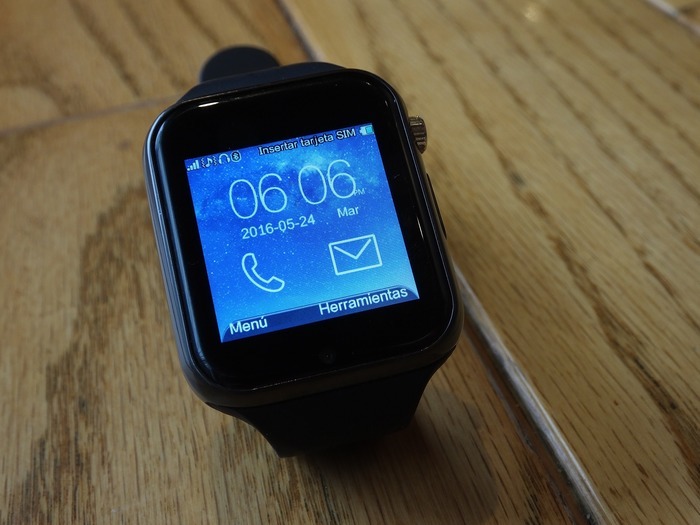
The first IoT wearables comprised of Bluetooth tech that synced with phones and computers effortlessly. Between then and now, Bluetooth’s primary function has been to share information between devices through sending and receiving messages.
Today, information bounces to and from wearable IoT, mostly displaying text messages, phone calls, app alerts and social media updates, but no doubt future wearables will share more advanced information in the future.
Fitness and Health
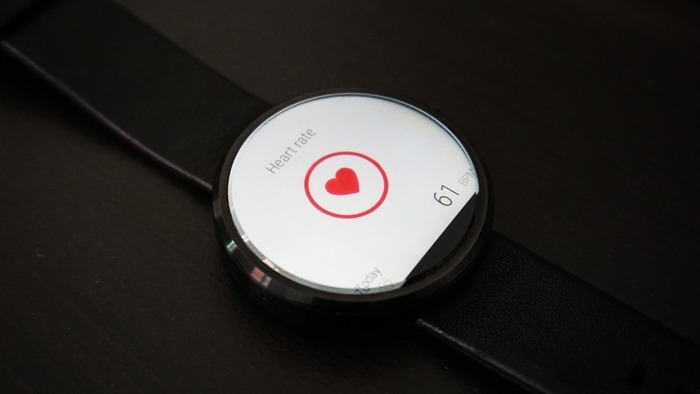
This is perhaps where the possibilities for wearable tech are the most expansive. Already, devices like Fitbits and others allow us to understand our sleeping and fitness habits, thereby improving our health.
Medical devices like insulin pumps and pacemakers can connect to IoT for extra functionality and monitoring. New IoT devices can also improve health data collection dramatically, giving patients and doctors more information for diagnosis and treatment purposes, like ingestible sensors that can monitor gastrointestinal system activity and send data to a receiving device nearby.
With their customers’ approval, insurance companies are also leveraging fitness bands like Garmin, Fitbit or Apple Watch worn by customers to design products, claims processing and customer support based on data from these devices.
Wearables can also:
- Track patients’ real-time location and vital stats like pulse rate, body temperature, blood pressure and more
- Enrich the hospital experience as patients can control lighting or temperature of the room, call for a nurse during an emergency using the band, or communicate with their family and friends via video calls
- Monitor baby cribs
- Provide the elderly with emergency care
- Enable clinical trials that collect and correlate data
- Allow medical professionals to spot imperceptible irregularities
Augmented Reality (AR)

Wearables like Google Glass help users optimize their interactions with their world in a new and relatively untested development: Augmented Reality (AR). With such devices, users can know a lot more about their environment, engage more seamlessly with entertainment, and much more.
Interest in AR with the greater public is picking up albeit gradually as wearable tech like smart glasses rely heavily on sight for functionality.
Agriculture
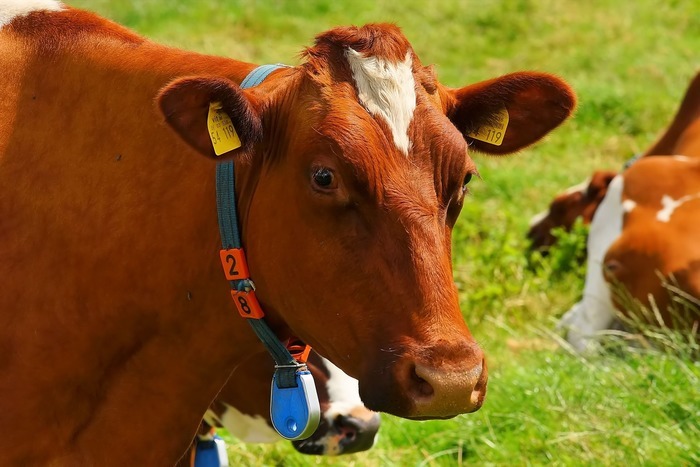
With the help of IoT technology, wearables can be a boon in livestock monitoring as animal breeders can monitor the real-time location and health of their livestock via their wearables’ screens. It also helps them isolate sick animals from the herd before infections spread to the rest of the animals.
Fashion
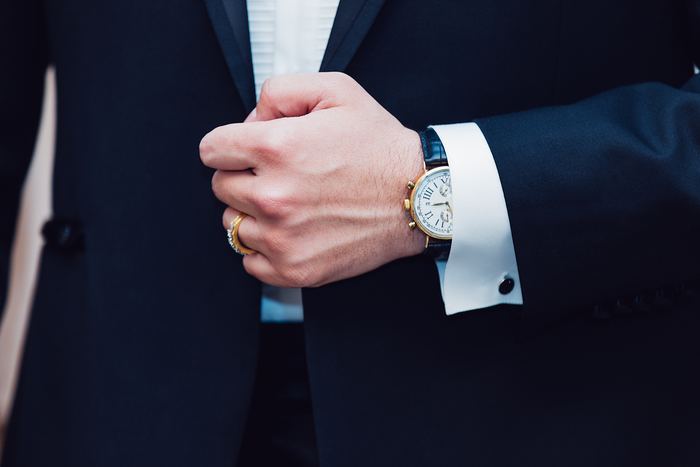
Fashion brands are driving the wearable market evolution as technology powering wearables gets smarter. Savvy brands are creating accessories that put convenience and style ahead of features, with trends such as athleisure remaining faster and more steadfast.
Consumers seek seamless and minimalist yet well-designed options. Fashion and tech are extensions of oneself, whether that’s a gold-plated ring, metallic watch, or diamond cuff, smart jewelry that lets consumers look good and still unlock new items.
Smart home fulfillment
In connected homes, wearables can control smart devices like switching off lights after leaving the home or turning on the AC and much more, all with a simple tap of the wearable device.
Identification and access to services
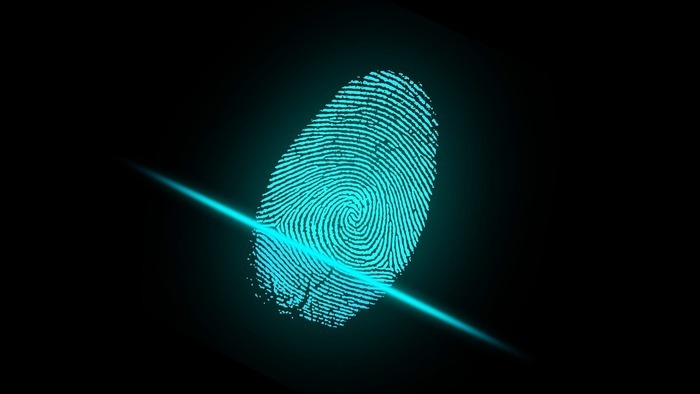
At the workplace, wearables like the smart corporate ID card are equipped with IoT technology and biometric capability like fingerprint activation that offers security by denying entry to unauthorized personnel and identification of employees.
This goes beyond the workplace, though. For example, Estonia created digital identity for all citizens, which makes authentication of people simple without physical contact. Each Estonian citizen can identify themselves and access secure e-services.
They can also use their IoT-enabled IDs for legal travel within the EU, national health insurance, digital signature, i-voting identification, proof of ID when signing into bank accounts, submitting tax claims or for e-prescriptions.
Wrap-Up
Wearables will bring exceptional value to our lives as they efficiently process data from smart clothing, wristwear and medical wearables. They have a bright future no matter the direction they evolve in the near future, but they’ll need a more integrated element in IoT to deliver the features and functionality we expect in security, healthcare, financial transactions, and other sectors.







